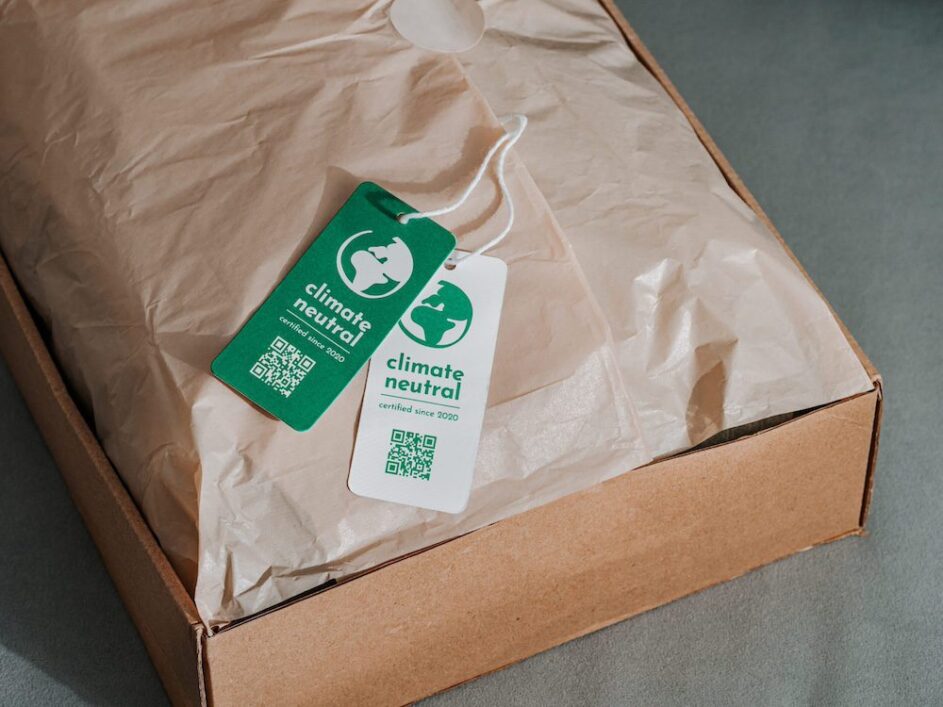The team chats with Sarah Barnes-Humphrey, Founder and Host of the Let’s Talk Supply Chain podcast for insight into the state of sustainable ecommerce and logistics. But first, some context on where things stand now.
How shoppers feel about sustainability
Shoppers are adopting more sustainable behaviors and are pushing retailers to embrace environmental stewardship. In fact, two-thirds of shoppers worldwide have made changes to be more sustainable, according to a study from Simon Kucher & Partners. What’s more: some 85% of shoppers report becoming “greener” in their purchasing.
This means shoppers are doing their due diligence by checking their labels, reading up on retail manufacturing practices, and aligning themselves with sustainability-minded retailers. They’re even willing to sacrifice the speed of shipments to curb their greenhouse gas emissions and spend slightly more for sustainable products. With an increasing number of shoppers ranking sustainability as a top 5 value driver, the importance of planet-positive practices during the purchasing experience cannot be overstated as a key differentiator among brands.
Why brands are taking action to improve sustainable ecommerce
The eruption of ecommerce activity in recent years has further fueled the call for brands to make impactful changes. Today, retail brands are responsible for roughly 25% of global emissions, according to a report from Boston Consulting Group and Ascential’s World Retail Congress.
A staggering 90% to 98% of a retailer’s greenhouse gas emissions are indirect Scope 3 emissions, which encompass activities from assets up and down the retail supply chain. Yet, less than 20% of retailers are meeting their scope 3 reduction targets. To quickly move the needle, the first facet of their operation that brands should look to make strides in sustainability is their logistics. Fortunately for retailers, third-party logistics partners (3PLs) are uniquely positioned to help reduce their carbon footprint.
So what does all this mean for retail logistics leaders working to make a difference? And what kind of progress on sustainability is possible in the year ahead? Here’s what Sarah had to say:
How have you seen the conversation around sustainable ecommerce and logistics gain momentum in recent years?
SBH: I’ve seen a shift in consumers being concerned about the sustainability of the supply chain of their product. Things are in a learning phase; check out my LinkedIn Learning course. I was recently in a Rimowa store (high-end luggage) and one woman said, “I am tired of sending luggage to a landfill and I’ll spend more to avoid that.” We have a long way to go and consumers are becoming more mindful especially as we see electricity concerns in Germany and water shortages for manufacturing in China.
From your vantage point, what are logistics and supply chain leaders most concerned about when it comes to setting/reaching sustainability goals? Why?
SBH: Supply chain covers a wide variety of topics, so it depends on who you speak to. In June 2022, I emceed the Global Management meeting for Hapag Lloyd, and the goals for carbon neutrality have been made public. The concern is how to get there and who will help pay for it. The discussions saw shippers saying they would not pass the cost along and freight forwarders saying they would have to if the costs are passed down from the carriers. We also saw fuel distributors get passionate about the lack of fuel options to help the carriers reach these goals. Lots to think about for leaders.
What should retailers know when considering more sustainable ecommerce and logistics choices? Do you have any advice to put them on a path to success?
SBH: Know your goals first. Then, communicate them to your logistics partners to see how they can support you and your goals. Find out what they are doing in their organizations and work with partners who align with your organization’s goals and maybe even take your ESG [environmental, social, and corporate governance] contribution to levels you hadn’t even considered before. If you don’t have goals, take a look at the U.N.’s Sustainable Development Goals and pick one — start small.
Are there any misconceptions you’d like to dispel surrounding sustainable ecommerce?
SBH: You don’t have to do it alone. I am well known for saying that collaboration is the future of business. And for us all to find success in sustainability, and make an impact, it will take everyone working together. The notion that you have to start big is not true. As mentioned above, you can start small and grow from there — procurement is a great place to start.
Looking ahead, what do you expect to change and stay the same when it comes to sustainable ecommerce?
SBH: Supply Chain leaders are really thinking about where to spend their “risk dollars” be it manufacturing, logistics, or last mile. With costs rising, I think we will see supply chains changing in a variety of ways. And since consumers are thinking about their impact through their purchasing decisions and climate change wreaking havoc on supply chains everywhere, who knows where we will end up. But, it’s an exciting time to be in supply chain.
Thanks for joining our Q&A on sustainable ecommerce and logistics!
Sarah Barnes-Humphrey is a logistics and supply chain expert, as seen on BBC World News, Inc Magazine, The New Yorker and Huffington Post. Sarah has reached over 50 million supply chain professionals through the Let’s Talk Supply Chain podcast, her weekly live stream show “Thoughts and Coffee”, The Blended podcast and now The Blended Pledge. Sarah boasts recognition as one of the Top Women in Supply Chain, 10 Most Admired Women in Business to Follow and Most Influential Leader in Supply Chain 2022. Her commitments have led her to instruct a LinkedIn Learning course called Fundamentals of Sustainable Supply Chains, where she walks you through how to make small, intentional changes.






